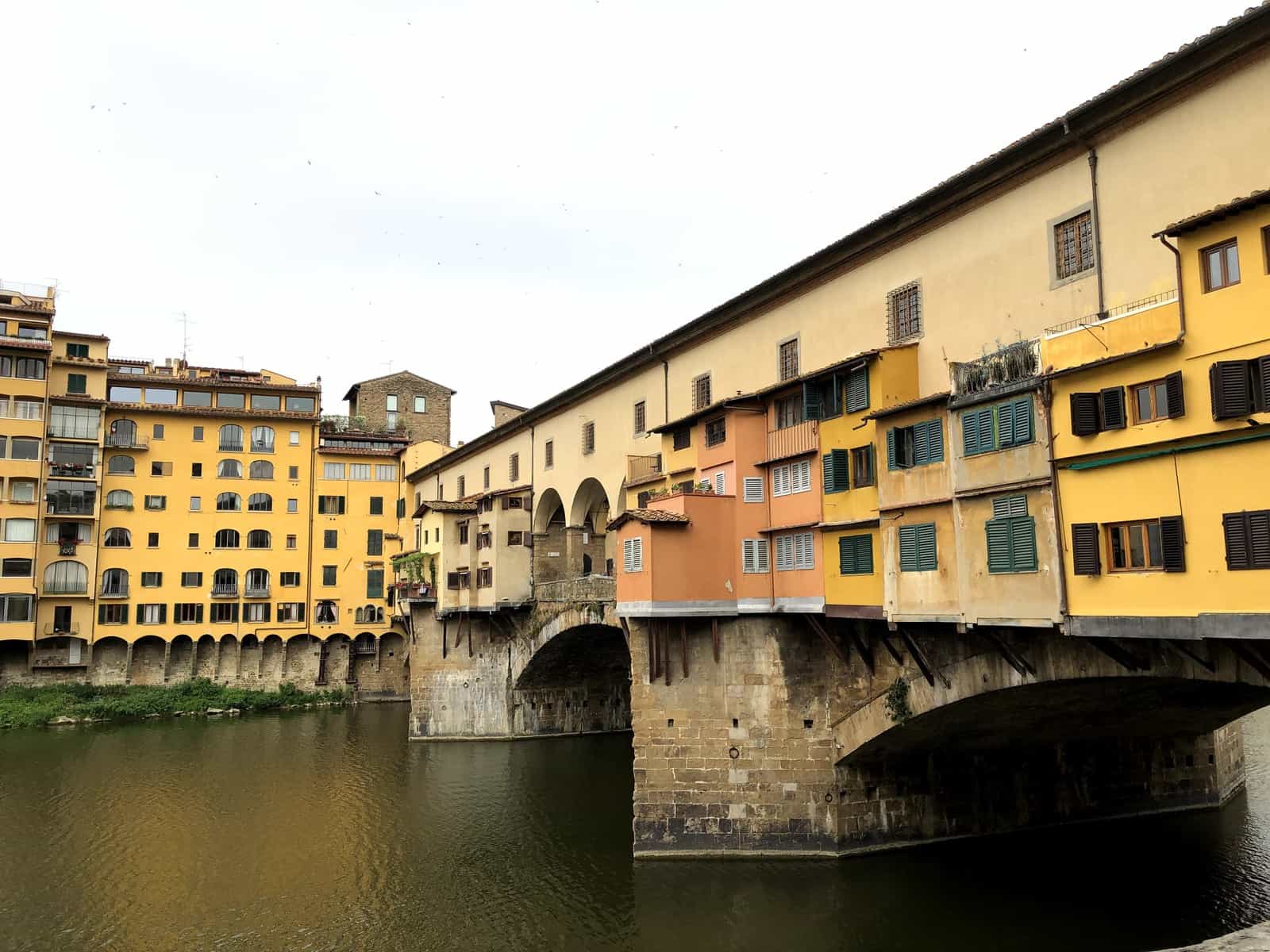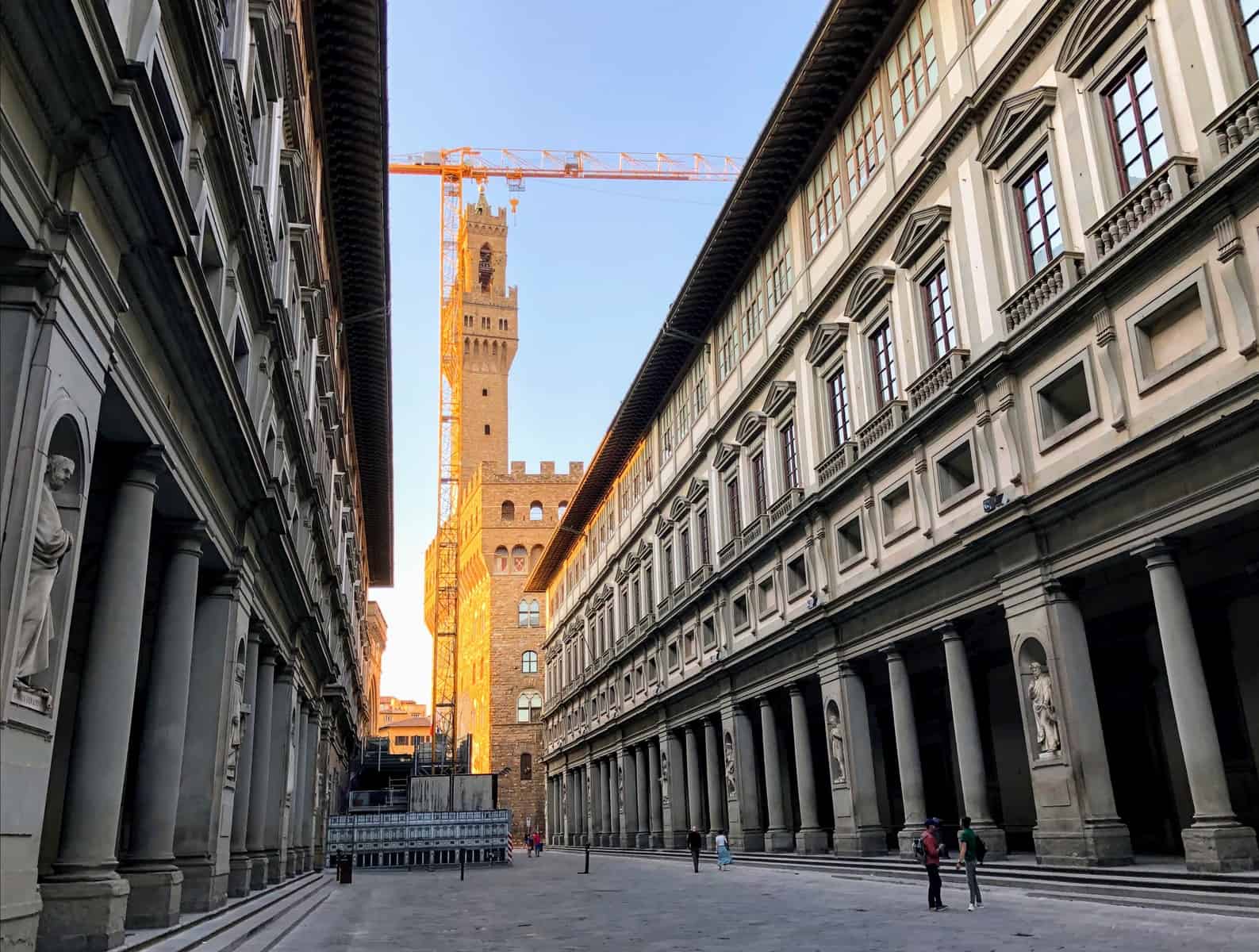The Stendhal Syndrome: How to Avoid Sensory Overload in Florence
I’m not sure what to make of the Stendhal Syndrome. Dr. Graziella Magherini coined the term in 1979 after documenting over 100 cases of visitors to Florence suffering from dizziness and fainting spells, disorientation, elevated heartbeats, and even hallucination. She named it after French author Stendhal, who wrote,
“Absorbed in the contemplation of sublime beauty … I reached the point where one encounters celestial sensations … Everything spoke so vividly to my soul … I had palpitations of the heart, what in Berlin they call ‘nerves’. Life was drained from me. I walked with the fear of falling.”
Of course, it’s entirely too easy to turn the idea into a bad punchline: too much great art makes you sick. That said, I surprised myself on my first trip to Italy at age 19, when I was moved to tears not once but multiple times. Preparing for visual overload is not a bad idea when visiting Florence. The entire city center is basically one giant museum, and the buildings contain one staggering work after another.


Then there’s the severe elegance of the architecture. Every building seems to present an imposing wall of deeply rusticated stone incised with precise lines, each of them dominating the eye with their rigorous logic. With so many hard surfaces, even the pedestrian streets can be noisy.

Nevertheless, it’s not impossible to find tranquility in Florence: the trick is to alternate quieter areas with big-ticket sites. We’ve put together a list of places which offer interest and beauty without overload. All of them are marked on our Google map.
Orsanmichele Church and Museum
New Sacristy & Laurentian Library
Piazza della Santissima Annunziata
Visiting Florence: Essential Tips
Florence will never be free of tourists: even during the pandemic, it was busy. Unless you plan to stay for at least a few weeks, chances are you won’t make it to everything you want to see. (Not with your sanity intact, anyway.) This means prioritizing. Reserve tickets for major sites in advance, and stay flexible about the rest.
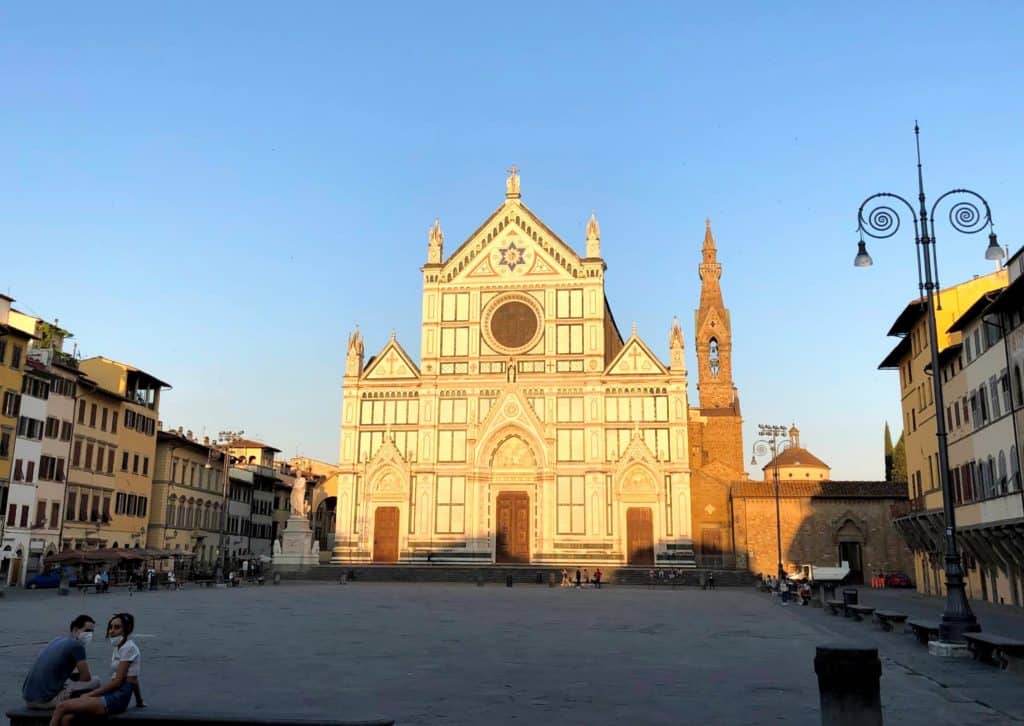
Opening hours in Florence are notoriously Byzantine. Some places operate only a few hours per week under normal circumstances. Then there are myriad restoration projects happening at any given time, not to mention unforeseen circumstances like the ticket machine breaking down. The Florence Tourist Office’s PDF is the most comprehensive and up-to-date source of information, but it’s still not infallible – and unfortunately, the website doesn’t always load.
Orsanmichele Church and Museum
Tucked between the Piazza della Signoria and the Duomo, the church and museum of Orsanmichele celebrates the role of artisans in Florentine innovation. Its quirky form – a box with Gothic flourishes – derives from the building’s past as a market and granary. Unlike the prominent portals of most churches, the Orsanmichele entrance is tucked away around the corner.
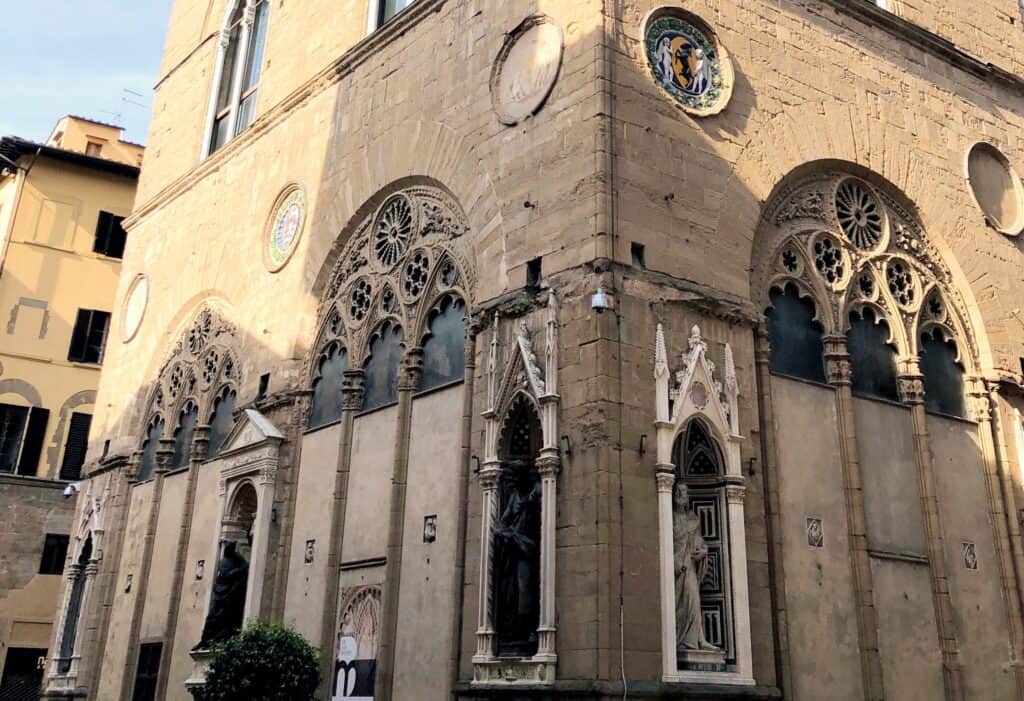
A series of religious miracles brought so many pilgrims that the structure was transformed into a church at the end of the 14th century. Each of Florence’s artisanal guilds sponsored a statue of their respective patron saints, vying with one another for most prestigious commission. The list of sculptors became a roll-call of Renaissance greats: Ghiberti, Brunelleschi, Donatello, Verrocchio, and Giambologna. Besides the art, the space features exquisite vaulting and rooftop views. The church’s dim interior and quiet make a respite on a hot day.
Bargello Museum
The Bargello is a perfect museum: this fascinating building circa 1256 holds one of the world’s best sculpture collections, but isn’t big or crowded enough to overwhelm. In other cities, the Bargello would be the star attraction, but most visitors to Florence skip it in favor the Uffizi and the Accademia – too bad for them.

The museum is worth visiting for the works by Donatello alone, which still seem modern over 500 years later. His ethereal St. John the Baptist is the most gently compelling statue I’ve ever seen. And his David ranks amongst the most curious. The Bargello invites quiet contemplation of the sculptures, a luxury not permitted amidst the crush of the big-ticket museums.



The two-level courtyard holds medieval hardware and heraldry on the walls and under the arcades. On a sunny day, there’s no better place to explore the diverse sculptures scattered about, from Gemito’s Il Pescatore (The Fisher Boy) and Giambologna’s birds to the life-sized crowned stone lions guarding a door.


On the ground floor, Michelangelo’s genius is already evident in his Bacchus, completed when he was only 22. The sculptor has already left behind the static poses of his predecessors: this Bacchus gives us a wobbly salutation, complete with slightly befuddled eyes. He even has a little faun friend helping him stay upright.
New Sacristy & Laurentian Library
Head to the San Lorenzo complex for a chance to study more of Michelangelo’s work without the hordes.
The New Sacristy is one of a series of mausoleums for the ubiquitous Medici family. If you’ve seen the tidy figures lying on Gothic tombs, you’ll understand why Michelangelo’s figures sprawling over curved sarcophagi revolutionized the genre. Even the thinkers look active. Along with his characteristic muscled physiques and intense expressions this space shows a uniquely playful side to the artist. For instance, look at how many places he slips in little heads to reinforce the Day/Night, Dawn/Dusk time allegory. Based on a recently-excavated space next door, some scholars think Michelangelo hid out here during a siege, which may have given him time to consider such little details.


In the nearby Laurentian Library, Michelangelo upended architecture as much as sculpture. He played with conventions by highlighting supporting elements, such as blank niches topped by pediments. The dramatic staircase and swooping curves ushered in a more dynamic style, paving the way for the Baroque. Sadly, the library was closed during our last two trips to Florence.
Old Sacristy & Pazzi Chapel


When visual overload threatens, head to Brunelleschi’s Old Sacristy at the San Lorenzo church or the Pazzi Chapel at the Santa Croce. These two small, sublime spaces epitomize serenity in architecture; both create harmony with nothing more than circles and squares.
Piazza della Santissima Annunziata
Brunelleschi’s Hospital of the Innocents (Ospedale or Spedale degli Innocenti) makes a lovely detour. Florentine humanism included progressive views on caring for children, resulting in what UNICEF calls “arguably the oldest continuously operating children’s care institution in the world.” The Ospedale even provided a rotating container (still visible) so that residents could leave babies anonymously. The Museo degli Innocenti documents over six centuries of history, and includes a small collection of work by high-profile artists such as della Robbia, Botticelli, and Ghirlandaio. The café on top has views of the Duomo and is accessible without a museum ticket.

Thanks to Brunelleschi, this piazza offers a visual palette cleanser. In a testament to the influence of his 1421 Ospedale degli Innocenti, two of the three remaining façades sport matching porticos. The orphanage inaugurated Renaissance architecture, inspiring Sangallo’s loggia across the way and a remodel of the Basilica di Santissima Annunziata. Michelozzo designed the church cloisters and atrium; the façade was added around 1600.

Giambologna’s last statue, an equestrian Medici duke, faces the Duomo from the piazza’s center. We were more taken by his pupil’s fountains. Pietro Taccà’s creatures mirror each other in a play on the buildings’ strict symmetry, while their phantasmagoric forms give the square a dose of whimsy.
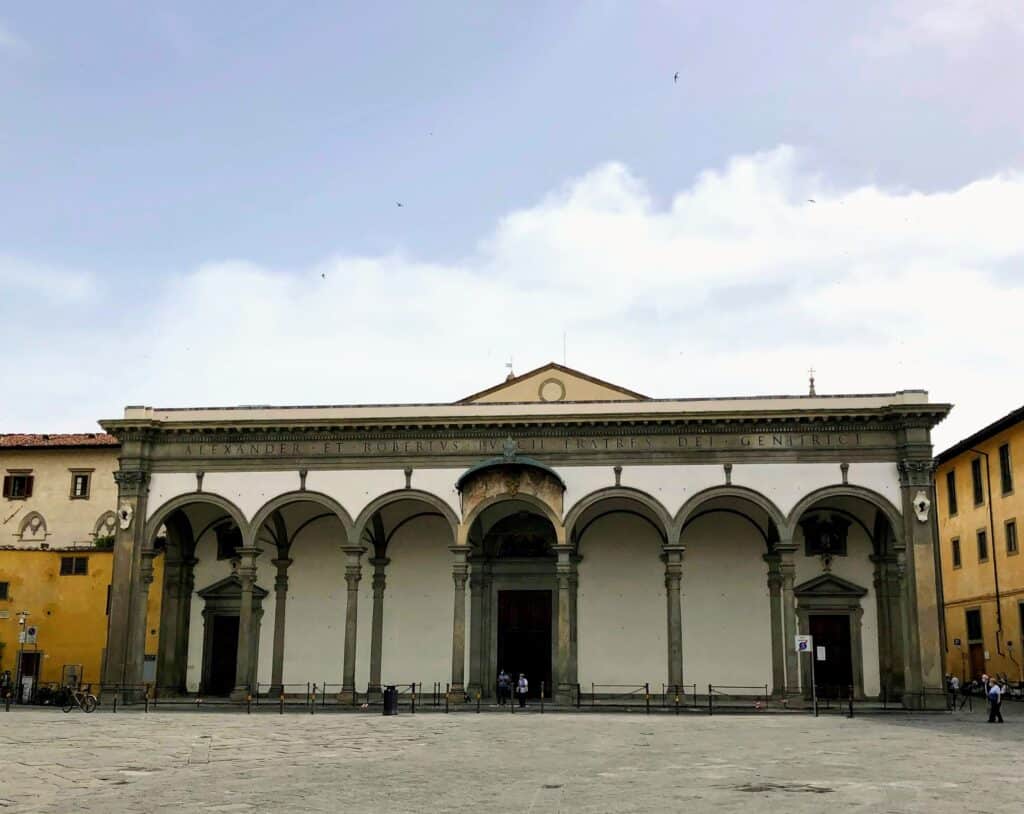
The preponderance of porticos means there is almost always shade on the piazza. In warmer months it hosts traditional religious and civic festivals, as well as markets and concerts.
Arno River & the Oltrarno
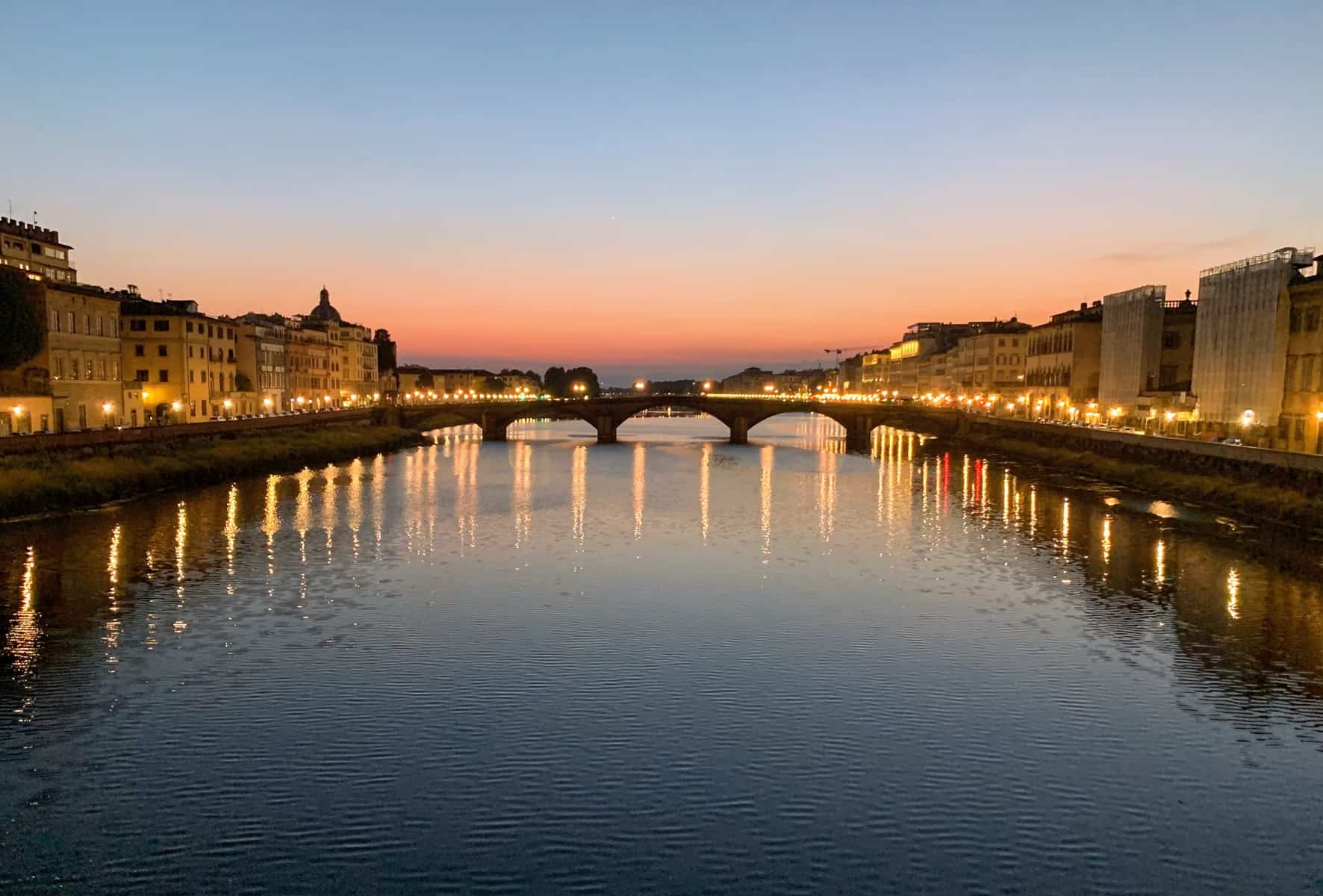
After all the hard lines and density of in central Florence, hitting the Arno River can feel miraculous. Beauty remains, but with some breathing room. Not surprisingly, people congregate here in all but the most extreme weather, especially at sunset. The Oltrarno (“other side of the river”) lies right next to the main sights but feels more laid back than the city center.

We stayed on the Borgo San Jacopo, which runs behind the buildings lining the Oltrarno side of the river. The old medieval street features churches, palaces, and traditional workshops as well as some modern shops and plenty of choices for food. The river provided an oasis of calm without sacrificing proximity to the major sites.
Santo Spirito
Huge plane trees and an expansive feel make the Piazza Santo Spirito one of the nicest places in Florence to sit and have a drink. It’s also a chance to see Brunelleschi’s last building.


Brunelleschi died just as construction began on the Church of Santo Spirito. His successors generally adhered to his design, but the façade was never completed. The flat stucco wall with awkward curves was added in 1792 and still looks strangely unfinished. On the inside, Brunelleschi’s simple shapes and perfect proportions invoke clarity, while the frescoed cloister is a peaceful sanctuary.
Boboli Gardens
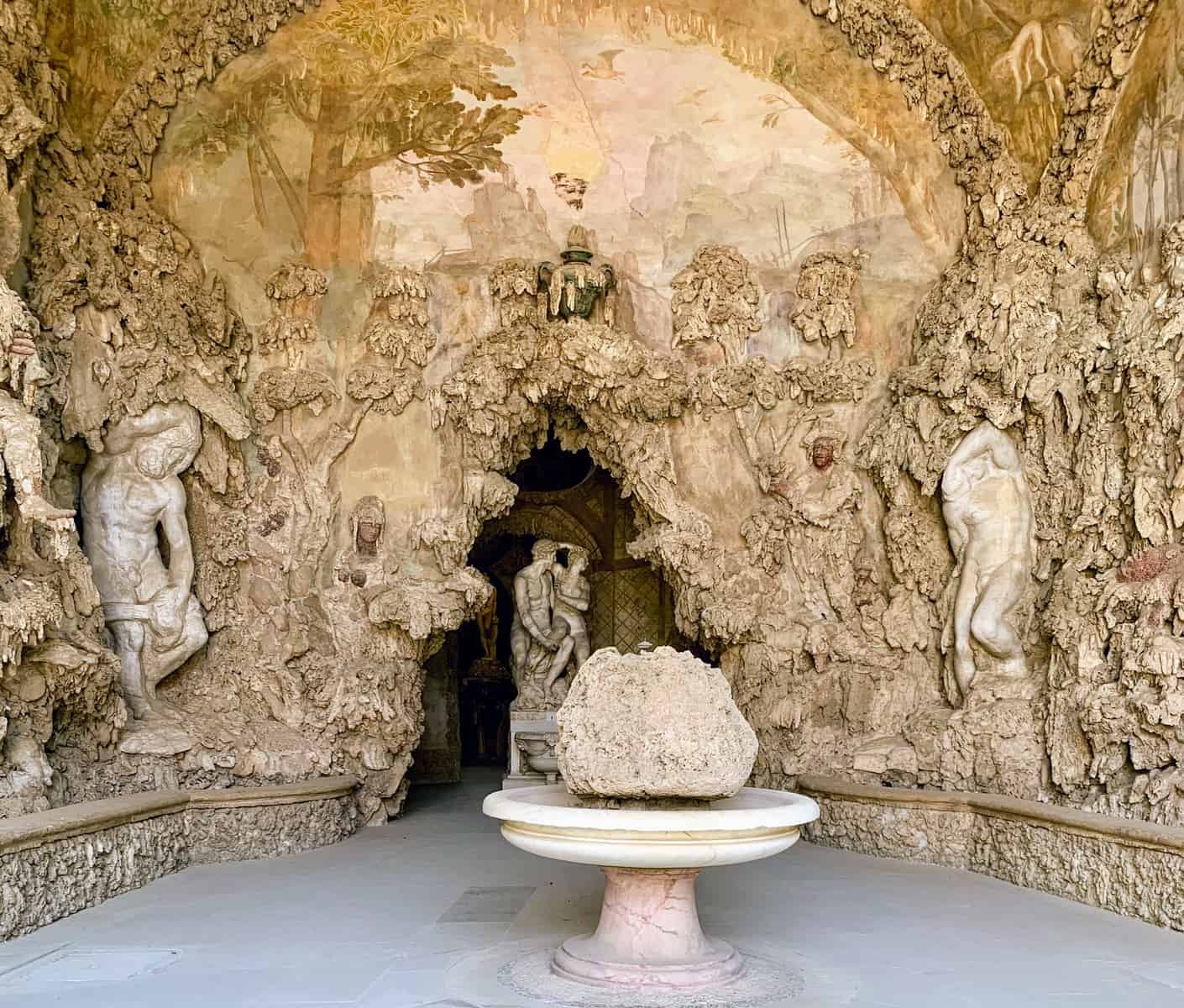
Also in the Oltrarno: the Boboli Gardens, with iconic views across the river. My favorite part is the Buontalenti Grotto, tucked away just behind the Pitti Palace. The gardens themselves are quite formal: wall-sized hedges define room-like areas of grass, with features like a reflecting pool or a semi-circle of trees.


The Bardini Garden, which is technically part of the Boboli but connected only through Fort Belvedere, has plantings with flowers to accompany the views.
Further Reading
Ross King’s book Brunelleschi’s Dome and Mary McCarthy’s classic The Stones of Florence provide additional context.
For more on Florence, see our post on Brunelleschi’s early architecture.
